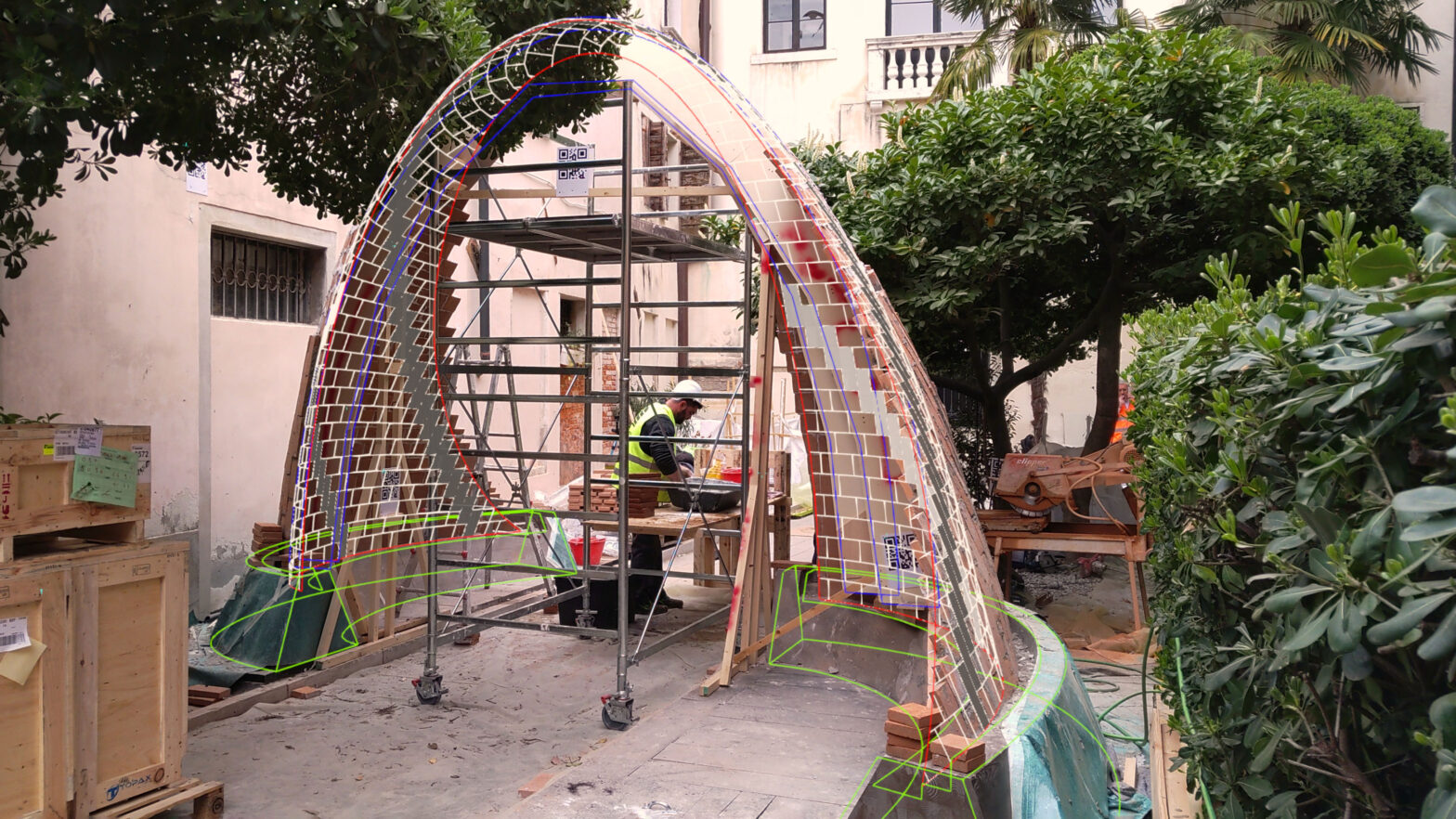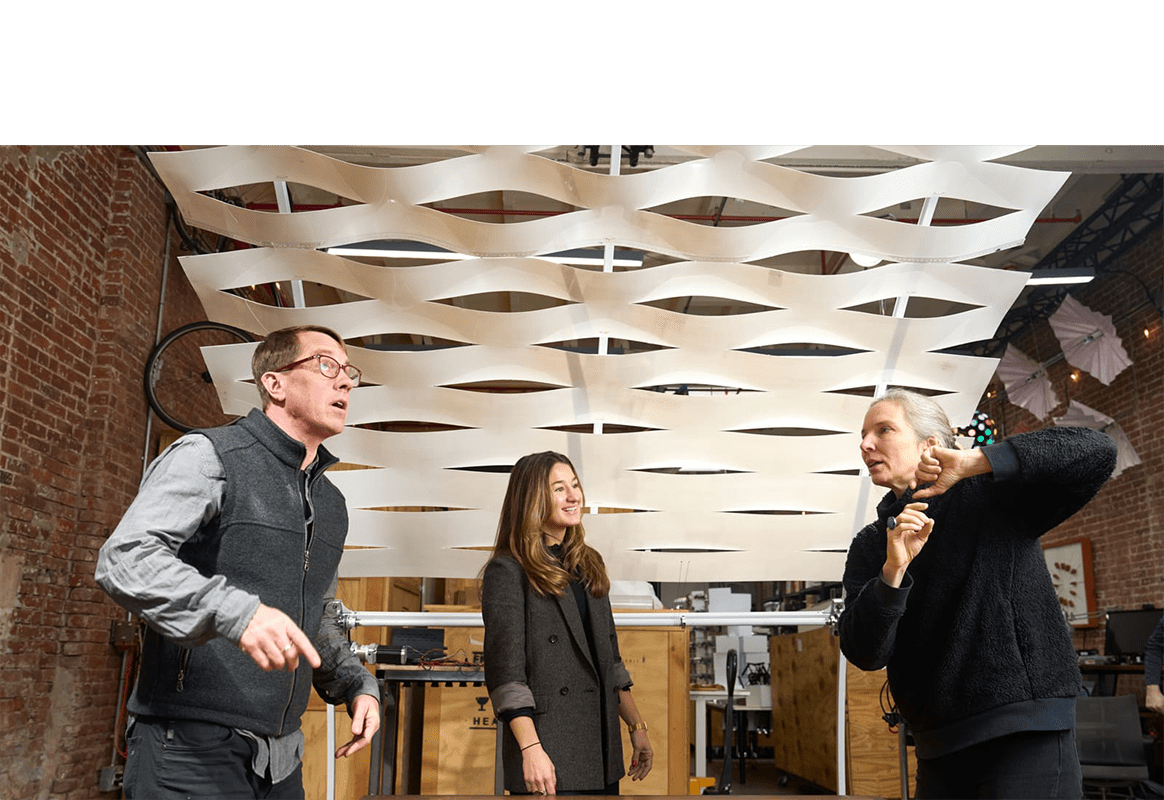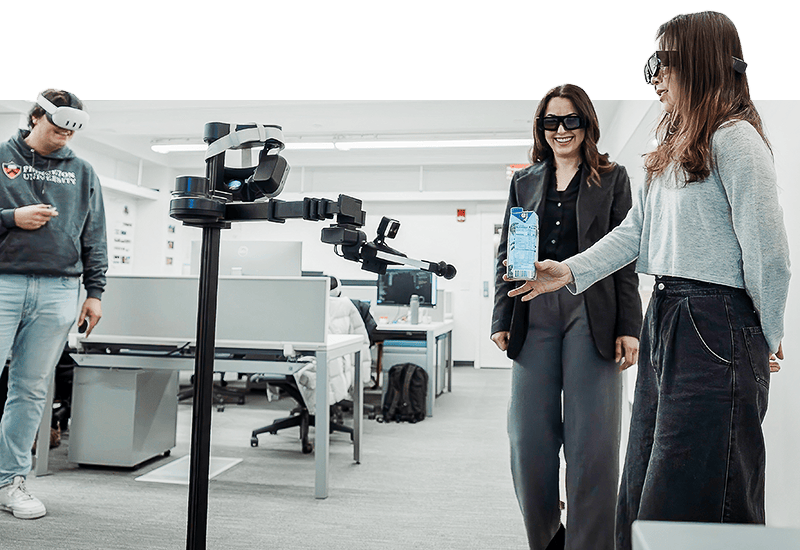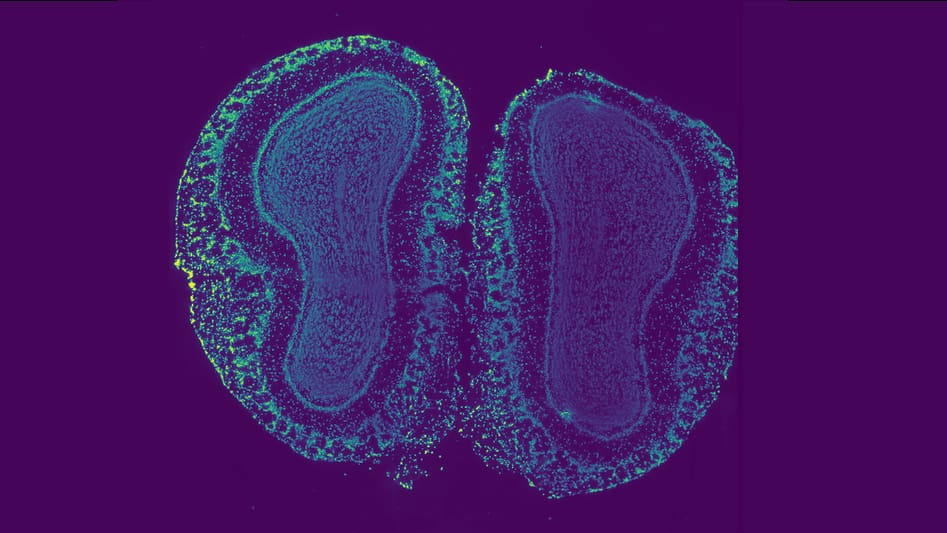
Renaissance algorithm meets augmented reality at Venice Biennale
By
on
For Adriaenssens, one of the most remarkable aspects of the Florence dome is invisible to the naked eye. Behind the decorated veneer, the dome’s bricks are arranged in a special pattern that allowed builder Filippo Brunelleschi to construct his famous dome without external support. In 2020, Adriaenssens and her colleagues published a paper that revealed how Brunelleschi arranged these bricks to support the massive Florence dome all on their own. Now, she has resurrected this Renaissance algorithm to build an installation for the Venice architecture biennale exhibition, Time Space Existence, which blended classical mason techniques with modern technologies such as augmented reality.
“We have all this knowledge from craftsmen that were building so many centuries ago,” said Adriaenssens, who directs the Form Finding Lab at Princeton. “So, our question is how can we use that knowledge and augment it with technology to empower today’s craftsmen to build new, interesting forms while reducing the use of construction materials?”

Adriaenssens’ exhibit consists of a vaulted arch placed in a Venetian garden, which she built in collaboration with local Italian masons and Skidmore, Owings & Merrill, an architecture firm that has designed iconic skyscrapers and the refurbished NY Penn Station and Moynihan Train Hall. The arch is made of recycled materials and subtly spirals above the garden path. But like the Florence cathedral, it’s what you can’t see in the arch that makes it so impressive. The same brick-and-mortar algorithm Brunelleschi used to erect the cathedral is also present in the arch, which Adriaenssens says enables the masons to build the arch without external support. But these masons have a technological advantage that Brunelleschi could have never dreamed of. They built the arch using a HoloLens, a commercial augmented reality system that shows them exactly how to place individual bricks during the building process.
“Traditionally, when you’re an engineer or an architect you make paper drawings that you can refer to when you’re building,” says Adriaenssens. “But if you want to build something that’s curved or has a complicated geometry that becomes really difficult because you need to know where to place the next component at every layer. Augmented reality is a new way of building because now you don’t need the drawing anymore, you are seeing where the next brick needs to go in three dimensions as you build.”
At Princeton, Adriaenssens’ research typically focuses on how civil engineers can use new technologies such as robotics and augmented reality to reduce materials needed to build large-scale structures like dams and bridges without sacrificing their structural integrity. While the Venetian arch is significantly smaller than the types of construction projects that Adriaenssens normally focuses on, it draws upon many of the same principles that she applies in her day-to-day research.
“The broader impact of this work is that it uses very little material,” says Adriaenssens. “If we’re trying to do something about climate change then it’s important to reduce construction waste and build more efficient forms in a more effective way by getting rid of all the supports and so on.”
In 2020, Adriaenssens and her colleagues at Princeton used a robot to build a self-supporting vaulted arch out of glass bricks and epoxy that also drew on Brunelleschi’s algorithm. But this robotic technique couldn’t be applied to the brick-and-mortar arch at the biennale because of the unpredictable ways that mortar oozes and expands when bricks are stacked on top of it. For the Venetian arch, there had to be an expert human mason in the loop to ensure that the bricks and mortar would bind correctly. Still, these masons can approach robotic exactitude in their arch by using augmented reality to see exactly where and when they should place each brick. By combining an ancient art with a modern technology, Adriaenssens and her collaborators built a self-supporting structure that would be difficult or impossible to create using conventional pen-and-paper drafting techniques.
Adriaenssens says the biennale project also has important philosophical implications for how we think about innovation. For example, Giuseppe Taramelli, one of the Italian masons working on the vaulted arch has historically found it difficult to recruit young apprentices, who often see the profession as boring and antiquated. “He wants to use this project to attract young people to masonry, which seems like a very old-fashioned career where nothing new is happening,” says Adriaenssens. “So now he’s making a movie about this project to show how exciting this field can be with new technologies.”
Adriaenssens and her team unveiled their vaulted arch — and an accompanying film created by Erika Kiss, the director of Princeton’s University Center for Human Values Research Film Studio — to the world on May 20. The project was completed in concert with researchers from the University of Bergamo, University of Salerno and IE University. Support was provided in part by the Princeton Institute for International and Regional Studies, the Department of Civil and Environmental Engineering, the University Center for Human Values, Princeton University Creative X, Taramelli, JP Ducret and Terreal San Marco.
Unlike the Florence Cathedral, which was built to defy the relentless march of time, Adriaenssens’ vaulted arch will only be installed for six months before it’s disassembled. But to mourn the arch’s brief existence is to miss the point of the installation. The Venetian arch is a project that was 600 years in the making, a Renaissance algorithm brought to life with digital technology. The destruction of the Venetian arch later this year is not so much an end as a beginning.
“Innovation always continues,” says Adriaenssens. “You’re never really finished.”







